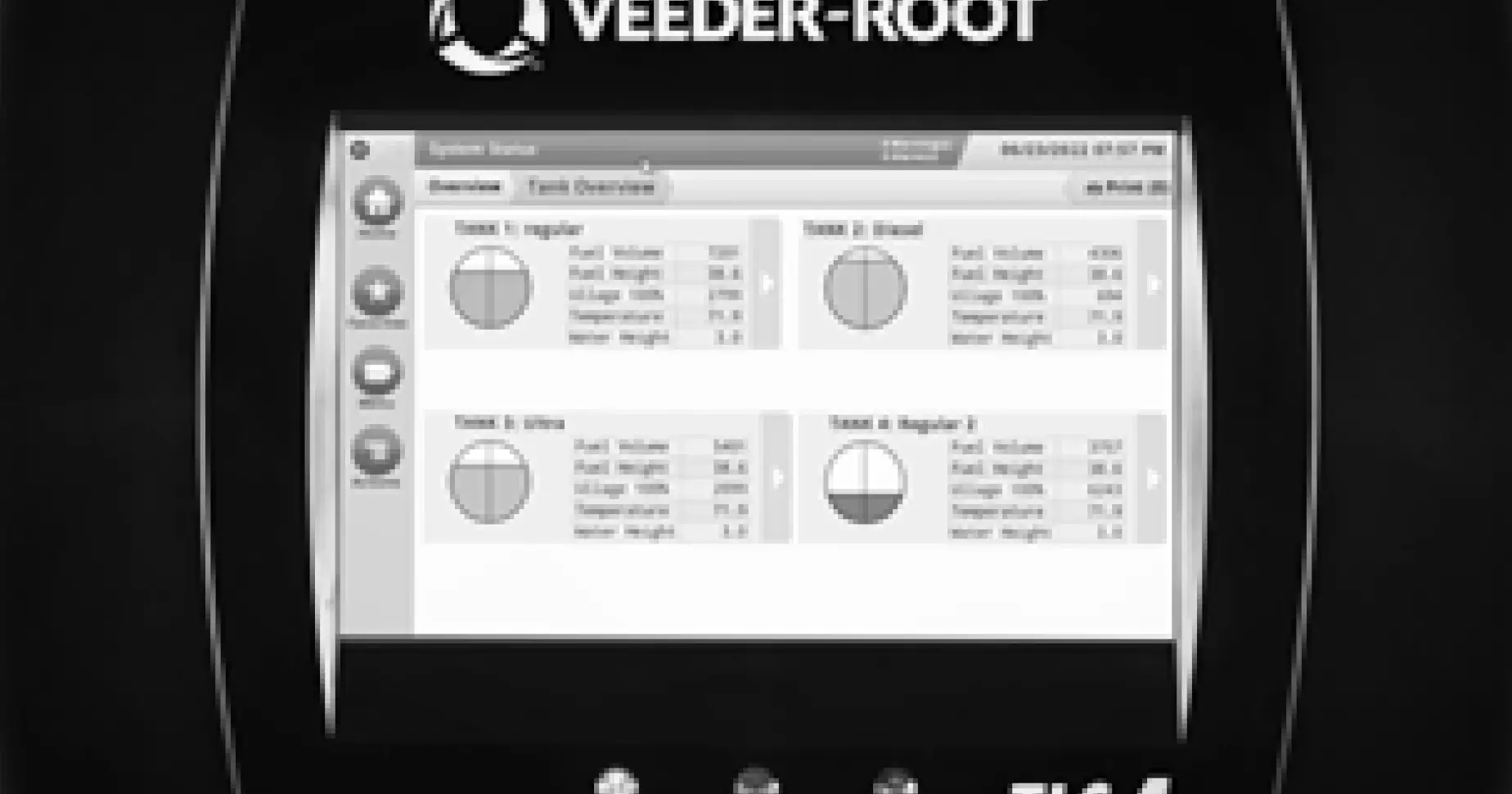Missing semi-truck inspections can be dangerous and even expensive. Around 30% of all big truck accidents are due to mechanical problems, particularly trouble with brakes. If you’ve skipped the routine check, the failure of your semi-truck may result in $1000-$5000 in penalties. This highlights the importance of adherence to regulations to avoid such a huge monetary setback.
Keeping up with inspections also helps reduce the maintenance cost, downtime, reputational damage, insurance premium, and penalty risks for the fleet owners and managers. This post shares what happens if you skip a semi-truck inspection and how often you should examine the truck!

What Happens If I Skip Semi-Truck Inspections?
Failing to conduct semi-truck inspections would raise significant issues that would damage your financial, business, and legal position. Worn-out trucks consume a lot of fuel. What’s more, fuel efficiency may be cut by up to 30% due to things such as dirty or worn-out spark plugs.
Ignoring minor challenges may end up in major breakdowns, and even after the average minimal repair costs which begin at $500, emergency roadside assistance still costs more. If a truck is off the road, you could lose $800–$1,200 in revenue per day. Neglecting inspections also risks costly DOT penalties and fines. Trucks with no valid inspections can be put out of commission, and a fine may amount to between $310 to more than $16,000.
Recurring violations may destroy your CSA rating, jack up your insurance rates, and trigger an increase in FMCSA levies, some as much as $40,000. In addition to that, missed checks increase the risks of a mishap and reputation loss for your company in the long term. Periodic inspections prevent all this, and your fleet remains safe, legal, and profitable.
Case Study or Example
Here are two case studies of trucking companies showing how regular inspections have saved them thousands of dollars:
In North Dakota, a trucking company called Great Plains Transport decided to move to a digital maintenance system, and recorded maintenance costs decreasing by 10-15% in the first year. The software made them keep track of their preventive maintenance, identify issues at an early stage, and minimize their breakdowns. So, they reduced emergency repairs and downtime.
Another case study is of Holman, a fleet management company, which improved maintenance for a large service fleet across 34 states. Only 15-16 months after using data tools to track service and repairs, they have reduced the maintenance costs by 5%, which saved them some $13,000. The sole adherence to regular oil, lube, and filter changes saved 11% or $19000.

How Regular Inspections Save Money?
Regular semi-truck inspections offer major cost-saving benefits across fleet operations through preventative maintenance. In fact, it can cut 20% in annual repair charges. You will be able to detect minor problems early in advance, such as a broken brake line that has the propensity to become a costly repair or, at worst, get involved in an accident. As an illustration, basic brake wear that is repaired on time would cost between $250 and $500. Whereas, negligence would cost between $2,000 and $5,000.
Trucks that are well-maintained experience 28% fewer crashes, as indicated by FMCSA. Maintaining oil changes, tire services, and brake pads also improves the performance of the engine and minimizes engine breakdowns.
Moreover, good tire pressure and clean air filters increase the efficiency of fuel. As a matter of fact, properly maintaining proper tire pressure may improve fuel consumption by 3%. A little bit of saving can make a huge difference in the long run. Besides, well-maintained vehicles also get lower semi-truck insurance rates and sell for more on the used market. Statistics state that 5 years later, a typical truck is likely to have retained about 59% of its value, whereas the majority of cars lose nearly 42.4%.
The less downtime a fleet has, the more productive it will be. Above all, frequent inspections make the overall safety much better, as they prevent the issues that may trigger accidents to cause it before it happens, and save drivers, as well as legal and financial risks.

How Do You Inspect A Semi Truck?
The following is a short list of things that one should check so that the semi truck can be operated safely and smoothly on a regular basis:
Engine & Fluids
Work out whether there’s a leak around the semi-truck engine, like oil, coolants, fuel, or exhaust pipes (soot buildup can point to exhaust leaks). Furthermore, confirm the fluid levels of the engine oil, coolant, brake fluid, DEF, power steering, and washer, and ascertain that they are adequately filled. Look at the oil to see whether it is too dirty or even sludgy, and think of testing it to check whether it is polluted. Clear the coolant and verify its freeze protection point.
In addition, check hoses for cracking, leakage, or rodent chewing, and belts for wear and correct tension. Examine the air filter to discern whether it is clean or not. Also, poke around the fuel system for blocked filters, a wonky fuel pump, or unscrewed fuel caps. Finally, always maintain the engine bay clean and watch out for weird smells and noises.
Brakes & Suspension System
Scrutinize rotors, drums, and brake pads and lines, whether they are worn, misshapen, or leaking, and guarantee that brake linings possess 1/4 inch in thickness. Also, inspect such parts as brake chambers, slack adjusters, and pushrods. In case of air brakes, there must be air leak tests, and the warning systems must be functional. Look over air lines for bulges or cuts.
Also, eyeball the suspension components such as shock absorbers, springs, U-bolts, and bushings for any wear, breakage, or leakage. Double-check that spring mounts aren’t cracked. Furthermore, inspect rust and loose bolts to ascertain that the chassis is damage-free and the frame is not curled up, bent, or cracked. In case the truck is hydraulically operated, examine all the hoses and cylinders, as well as inspect whether they are worn out.
Tires & Wheels
Test tires to see if they are worn, cut, bulged, or if the steel is peeking. Ascertain that there is at least the standard tread of 4/32 inch for steer tires and 2/32 inch for drive and trailer tires. Maintain tires at proper levels of inflation because underinflated tires increase rolling resistance, lowering fuel efficiency.
Moreover, all wheels should be checked for cracks, damage, or misalignment, and all lug nuts should be tight without any of them being missing. Look at the axle seals to determine whether there is any leakage, and examine the valve stems to ascertain caps are intact. When using a truck with two wheels, check that there is no debris between the wheels.
Electrical & Lighting Systems
Establish that all lights are in proper functioning order, including head and brake lights, turn signals, and hazards, and make sure the lenses are not cracked. In addition, repair any damage, wear, or exposed wiring, and also examine the connections for corrosion.
Do not forget to assess the battery and alternator, make sure the battery is fastened, and check its charge. Make sure terminals are away from any corrosives, inspect fuses to see if they are impaired, and also ascertain the system is well grounded to prevent electrical problems.
Trailer & Chassis Components
Survey the trailer, check for rust, loose bolts, or damage in the structure. Make sure the trailer frame is in good shape and the hitches are aligned. Also, evaluate the fifth wheel, locking jaws, pins, and platforms for proper function, and ascertain that air and electric lines are operating.
Besides, examine the landing gear and its damages as well as smooth running. Double-check that your trailer lights and reflectors aren’t grimy and are functioning, and confirm cargo is well tied. Finally, verify there’s no leak in the exhaust system and that the muffler is functioning well to diminish noise.

How Often Should I Inspect My Semi-Truck?
You must examine your semi-truck at various intervals, i.e., daily, weekly, monthly, and quarterly, and during the annual DOT check. At every occasion, here is a simplified view of what should be checked:
Daily Pre-Trip Inspections
Semi-truck drivers are supposed to conduct a quick inspection prior to each ride in order to identify any kind of safety or maintenance concerns. This consists of making sure there are no issues with the lights, tire pressure and condition, fluid levels (such as oil and coolant), and no presence of leaks.
A general walk-around must be undertaken to scrutinize the truck, trailer, and brakes as well. The drivers also have to fill in a written report (DVIR) at the end of the day, entering known problems. Such daily inspections are significant when it comes to being safe and compliant with the DOT regulations.
Weekly & Monthly Maintenance Checks
Semi-truck inspections that are done at weekly and monthly rates will help identify minor issues before they turn into a costly matter. You should check and top off fluids, tire pressure, treadwear, and lights each week or month according to usage. Make more thorough inspections as well, like looking into brakes, wiring, and electrical joints, and examining belts and hoses for wear.
Quarterly Inspection Schedule
Every three months, do a deeper check of key systems. This includes a full brake inspection, checking the suspension for wear or damage, and inspecting the electrical system for any issues with wiring or connections.
Annual DOT Inspections & Professional Servicing
At least once a year, you should conduct a full DOT inspection with a certified inspector to guarantee that your truck adheres to the safety and compliance requirements. This involves inspecting all prominent interior and exterior components, such as brakes, steering, lights, tires, wheels, and suspension, to confirm any wear or impairment. The inspector also reviews driver documents. Besides, all maintenance reports and inspections have to be signed, filed, and kept permanently in line with FMCSA regulations.

Key Takeaways
Semi-truck inspections should be held periodically as a means to guarantee that the trucks are safe, reliable, and ready. On the other hand, failure to inspect can cause costly repairs, DOT violations, and accidents. Adhering to the maintenance program according to the regular schedule helps fleets minimize the time being out of service.
It can also improve fuel saving and prevent significant breakdowns that result in costly expenses. An investment in preventive maintenance also increases safety and compliance and safeguards your bottom line. One small action now may save thousands of out-of-the-blue expenses in the future.
FAQs
1. How much does an annual inspection cost for a semi-truck?
Annual inspection costs can vary, such as $50–$125 for the truck and $40–$75 for the trailer. While mobile inspections can cost up to $550.
2. What is the most expensive repair on a semi-truck?
Engine overhauls or replacements are the most costly, usually between $10,000 and $30,000 or more.
3. What is the cheapest semi-truck to maintain?
Kenworth and Peterbilt with Cummins engines are generally easier and cheaper to fix. Freightliners are also known for low maintenance costs and good fuel efficiency.
4. Do regular inspections help with fuel efficiency?
Yes. Frequent inspections assist with identifying the issue that detrimentally affects fuel efficiency. So, when properly maintained, the trucks consume a lower amount of fuel and operate more efficiently.
Prevent Expenses, Penalties, and Lost Productivity — All in a Single Go With Fuel Logic!
Skipping truck inspections or wasting time at gas stations can cost your business big. Stay ahead by keeping your trucks maintained and fueled without issues. Fuel Logic delivers diesel, gas, and DEF right to your vehicles, anytime, anywhere, so your fleet stays moving and making money.
With our mobile fueling service, your drivers won’t need to stop for fuel, saving you time and keeping productivity high. You will also receive clear records of fuel consumption that will assist you in managing your fleet more effectively and maintaining maintenance. Thus, saving up to 20% on fuel. Do you feel like saving time, money, and stress? Reach out to Fuel Logic today and order our fleet fueling delivery service!








